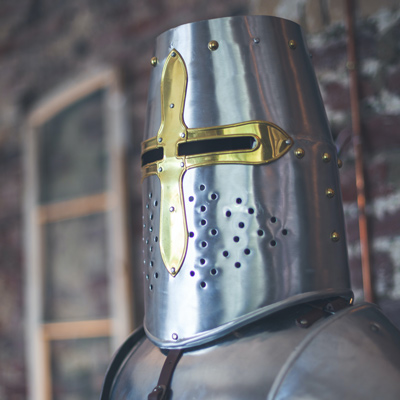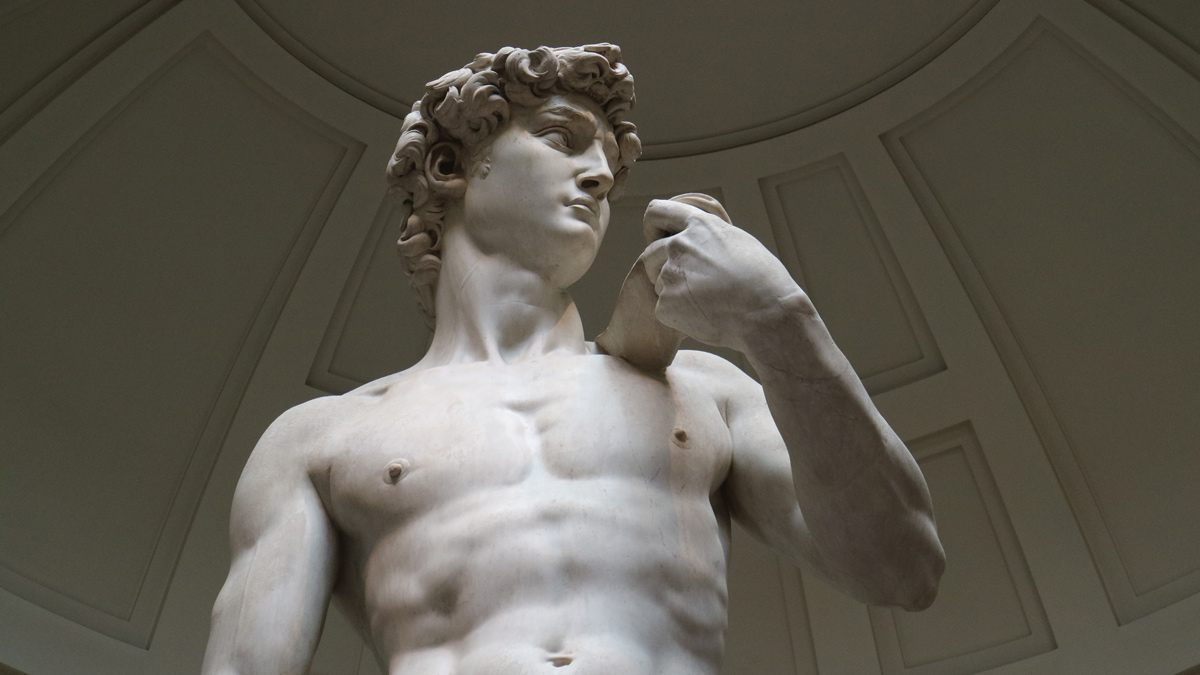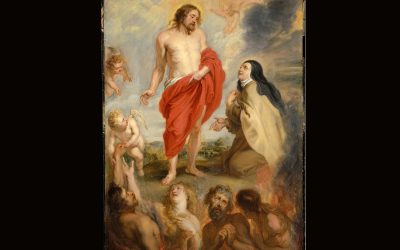By Vir Christi
The Body Throughout History
At various times throughout human history, art has portrayed the human body in different ways based on how society perceived the body in that period. There are some who erroneously believe that nudity in art is a modern concept; one need only look at Michelangelo’s David or Botticelli’s Birth of Venus to see the mistake there. Yet when you ask people about what it is about modern art that they find offensive, nudity and related concepts are some of the first points they raise. One need only look at the recent halftime performance at the Super Bowl to see an example of the representation of the human body in art gone wrong.
So we can establish that nudity is not a new concept in art. That being the case, what is it about the modern displays of the human body in art that makes them repellant, unlike what Michelangelo did? The answer is that the human body is objectified in the present day in a way that it was not during the time of Michelangelo, and this is a problem that we need to take seriously. This is a subject that generates heated discussion and is a source of contention even among Catholics, so how do we approach this issue in our daily lives?
The Beauty and Dignity of the Human Body
As Catholics we know that every person is made in the image and likeness of God, which gives each person inherent dignity and worth. Within the context of that God-given dignity, we also are given the authority to create with the gifts we’ve been given by our Creator. We have a responsibility to ensure that everything we create reflects all that is true and good in creation, and to aim it upwards towards God as the source of all good. Anything that does not point upwards or reflect the dignity of the human person should be avoided. So if God imprinted that dignity on us and we were given the authority to build and make things, where did we go wrong?
In the Garden of Eden, before original sin entered the world, the Book of Genesis shows us that Adam and Eve were naked in the garden (Gen 2:25). But after they sinned against God, they made clothes for themselves to cover their nakedness (Gen 3:7). What was the point of doing that? When original sin entered the world, their nudity, which was once a reflection of the splendor of creation, was corrupted and became a temptation to sin. Adam and Eve recognized the transformation that had taken place in their relationship to their bodies and adjusted accordingly. Our first parents, by that simple action, gave us an example that we should strive to follow in the modern world. Before expelling Adam and Eve from the Garden, God made them clothes from animal skins; this upheld Adam and Eve’s new understanding of modesty (Gen 3:21). The human body can be portrayed in a positive way, but it can no longer just be paraded out into the public eye thoughtlessly. There has to be a careful guard established to separate the modest from the immodest.
Respectful vs. Disrespectful Human Body Presentation
Circling back to the example of David vs. modern depictions of the human body, why is David considered acceptable while many modern depictions of the human body are not? Much of that has to do with intention. Some people might make the argument that one cannot tell the intentions of the artist simply by looking at a piece of art, but even those who are not art experts can tell you that this is not true. Each piece of art has a vibe, a clear message to send, or an objective to fulfill, because otherwise why would it be created in the first place? Why bother making something with a meaning that will be lost to history after the artist dies?
Ancient artists were no strangers to creating art pieces that glorified the human person and covered over deficiencies: Augustus Octavian was a sickly and frail person for most of his life, yet every statue of Augustus has him looking like the invincible warrior. More often than not, though, ancient and medieval artists illustrated the human person with a jarring honesty. They did not shy away from showing deficiencies in the human body. Look at medieval paintings: the men do not always look like medieval versions of the Rock, and the women are not consistently painted like supermodels. In this engraving by Master ES, an artist active in the mid-fifteenth century, Samson is overcoming the lion in front of the woman who will eventually betray him to the Philistines. Samson is a man of superhuman strength and Delilah (or Timnah, as referred to in the engraving) was a beautiful woman; yet look how perfectly ordinary and realistic both of them are in this piece of art. Subconsciously, we have a genuine respect for that straightforwardness.
Modern art, on the other hand, seems to radiate with the intent to turn the human body into an object of desire. One need only look, again, at the recent Super Bowl halftime shows, supermodel competitions and magazines, and other forms of media to see the truth of this. And if that was not enough, modern technology has evolved to the point where people can present themselves as though they had no flaws: Photoshop, easily accessible to any ordinary person, can edit out marks, rolls, scars, and other “deficiencies” on the human body. Those kinds of technological alterations create an unrealistic standard of comparison. That in turn feeds the disordered view society currently has of the human body, and has led to the disconnect between thought and reality. As a result of this culture, men and women both have unrealistic expectations for what their spouse ought to look like, among other issues. We Catholics have a giant problem on our hands. We have to be the front-runners in sounding the alarm as well as returning to more realistic standards for the human body.
What We Can Do
There is a clear difference between honestly showing the human body for what it is, and nudity for the sake of nudity. We do not have any control over what content artists create, but we have a responsibility to be careful about the art we take in throughout our day. We can promote artwork done thoughtfully and well; if we feel called to leave a comment on social media about a piece of art, it should be one made in charity and after careful prayer. Above all, we must pray for the artists, so that the Holy Spirit fires their hearts and inspires them to produce holy content pointing upwards to the Lord. Art is at its core driven by inspiration, so when you inspire other people to the good and the beautiful, you actively engage in a form of art. What a beautiful way to glorify God!

Vir Christi
Vir’s heart has been on fire for the Church from day one, and he dreams of the day when Constantinople will be a city again. He has a competitive drive satiated by sports and board games, but is also just as happy to sit down and read a good book for hours on end.






Thanks for your blog, nice to read. Do not stop.